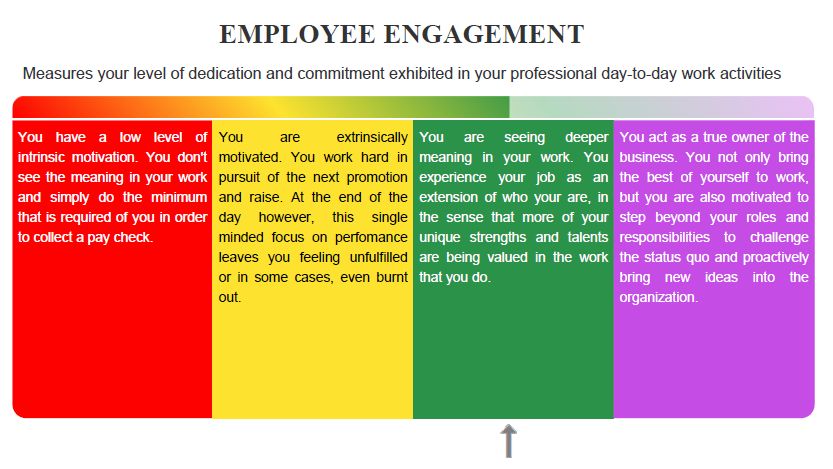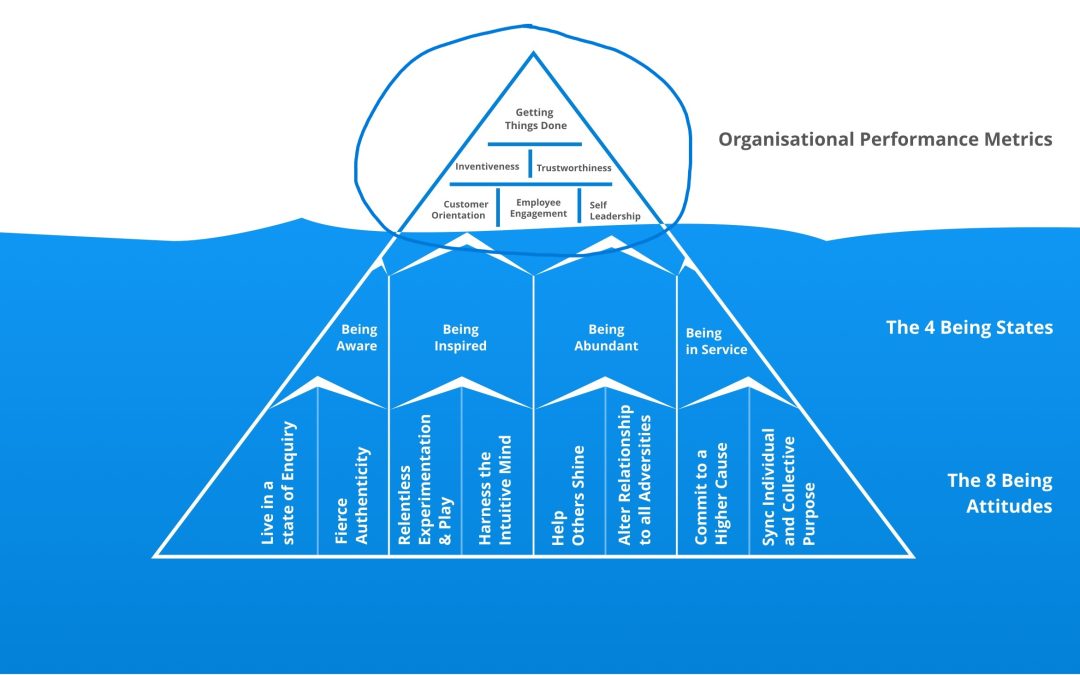As a business leader, you are no doubt very focused on impacting the 6 Organizational Performance Metrics at the top of the iceberg below. But when is the last time you paused to consider the “underlying assumptions”, or the deeper human qualities that are influencing the way you show up with your colleagues and the teams you work with?
Ask yourself – do you come from a place of trust or control? Is your thinking based on a long term roadmap or short term pressure? Are you inspired by a set of numbers to be achieved or a future state yet to be manifested? Are you purely rational in your approach or do you also allow space for the intuition to lead your decision making? Do you believe that opportunities are scarce, leading to competition, or do you see an abundance of opportunities inviting a more collaborative approach?
These can be profound questions, especially when we engage with them in an open and honest way. A deliberate shift at the level of underlying assumptions, or inner mindset, can have dramatic impact on all aspects of the business. For example: our level of engagement, capacity for innovation, trustworthiness, and our ability to get things done!
Get in touch if you would like to know more about the BEING at Full Potential approach to working on the invisible / high impact parts of the organizational culture iceberg. This is where we shine:-)
In this article we break down each one of the 6 Organizational Performance Metrics to make them more tangible and help you identify the inner growth levers you can work on to unleash more potential in these important areas.
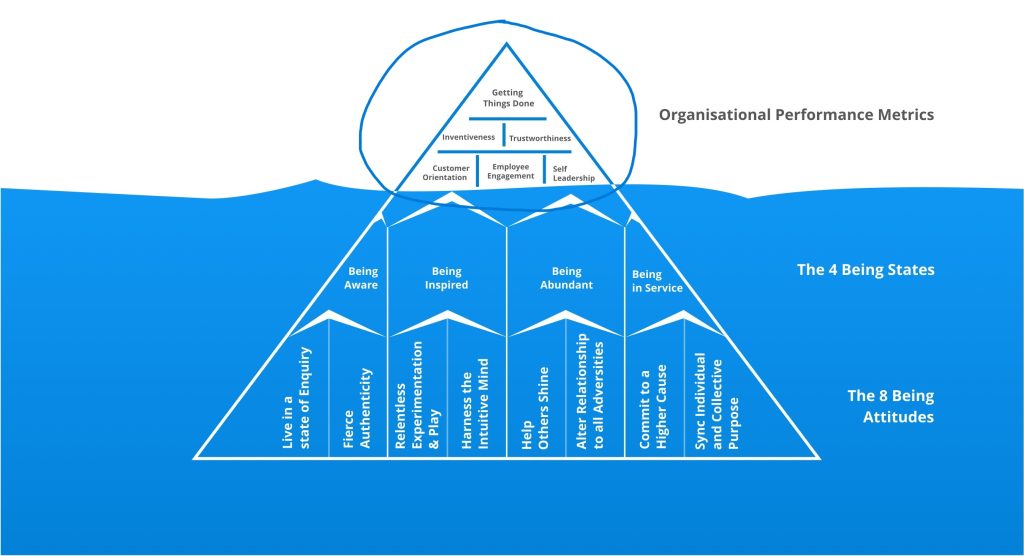
Of the 6 OPM’s (organizational performance metrics), CUSTOMER ORIENTATION is the one closest to my heart.
As an entrepreneur, who has championed the importance of infusing organizations with deeper Human Potential development for the past 10 years, I know how hard it can be to bring an idea to market when there isn’t yet an explicit need for it.
Working within the purple box of the diagram below, can be a lonely and frustrating experience at times. But as the bridge between our lofty visions and the needs of organizational leaders gets built, we enter into a creative zone. From this place we have given birth to the Human Potential Assessment, culture iceberg, OPM’s, maturity model and much more.
Thank you Andrew Thornton, Laura Saldivar Luna, Tanya Gonzalez, Dr. (HC) Guruvayurappan PV, Dr.Saravanavasan KS, Virginie Helias and many more for trusting BEING at Full Potential and following your innovative spirit!

Everywhere we look there a breakdown in TRUST. We don’t know who & what to believe anymore and it’s easy to put the blame on others, be it politicians, business leaders, media organizations, etc…
The thing about TRUST though is that it is not something that exists “out there” or an ideal state that we somehow “deserve” from others. Instead it’s a quality that we must cultivate and practice in our own lives first. There is a dynamic aspect to TRUST. The more we live it ourselves, the more we receive it in return!
This is why I find it helpful to focus on TRUSTWORTHINESS. It brings the responsibility back to myself and what I can do to actively create the experience of TRUST in my relationships.
To what extent are you expressing this quality in your leadership? Considering the following image, where on the spectrum would you be? What would it take for you to move more towards the purple box?
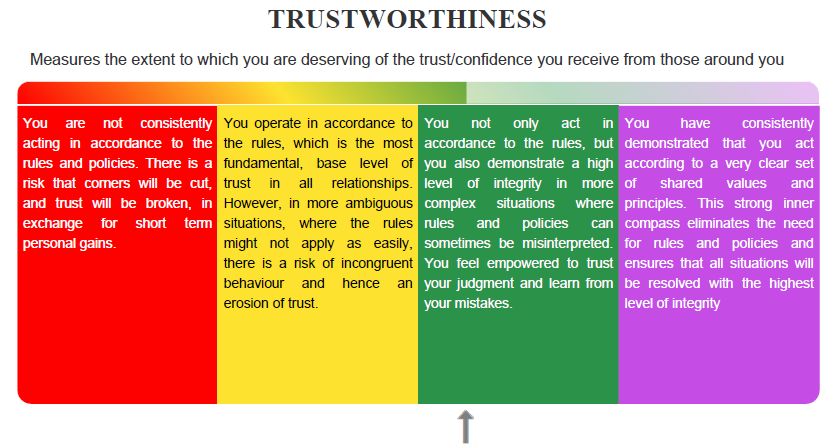
A growing number of people are feeling the call to step into a new paradigm of LEADERSHIP – one that is motivated by being in service rather than being in power. This transition in how we lead recognizes that there are limits to what we can control and influence when it comes to the thinking and actions of others. We may not be able to change these external circumstances, but when we turn our focus inwards, and reflect on how we can best respond, a multitude of choices start to open up.
This is what we refer to as SELF-LEADERSHIP.
Considering the following image, where on the spectrum do you see yourself as a leader? What would it take to move more towards the purple box?

At BEING at Full Potential we talk a lot about the BEING and the importance of working on ourselves but that doesn’t mean we don’t GET THINGS DONE. In fact, it’s quite the opposite, I’m always amazed how much can be created and built in such a short period of time when our hearts are fully engaged. Recently I have experience this with Peter Leong, Andrew Thornton, Fabienne Locher, Lakshmi Arora, Neelanjana Maity, Shyaamlal N N, Dinesh kanna B , Khuze Siam and the team at Siam Computing
Hence, our motto: “When the BEING comes alive, the DOING thrives”.
Considering the following image, where on the GETTING THINGS DONE spectrum do you see yourself as a leader? What would it take to move more towards the purple box?
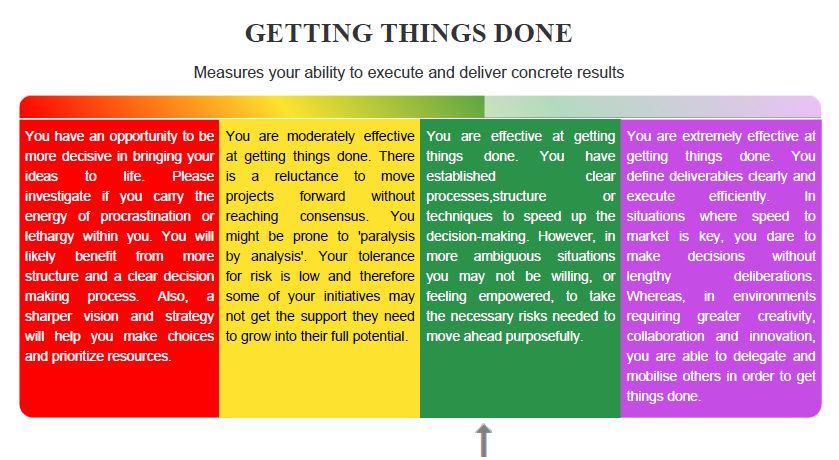
INVENTIVENESS: our ability to create breakthrough ideas and produce radically new products and services (that may, or may not yet, have direct market application).
To what extent are you expressing this quality in your leadership? Considering the following image, where on the spectrum would you be? What would it take for you to move more towards the purple box?
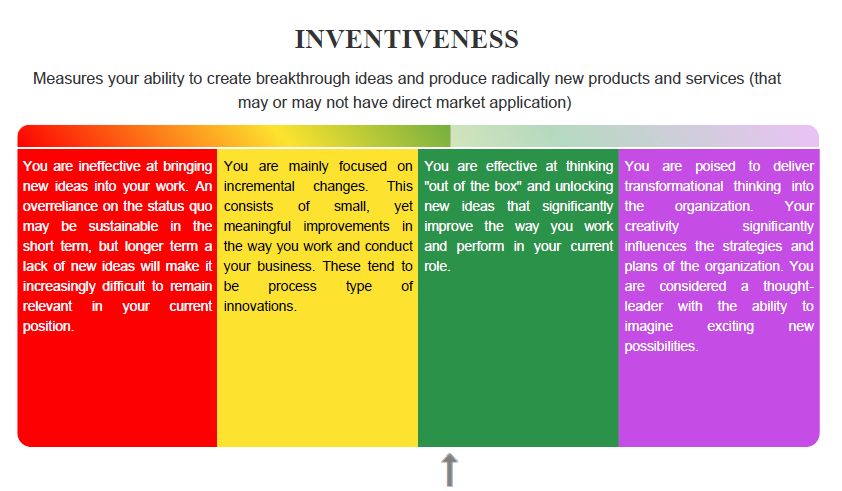
EMPLOYEE ENGAGEMENT is the 6th and last Organizational Performance Metric of this series. It’s also the reason why, 10 years ago, I felt compelled to develop solutions that would make it easier for teams and organizations to unleash the unexpressed potential in their people.
It must have been around 2008, while I was still working for a large corporate when the light bulb went on. During the deployment of the latest employee engagement survey, the HR team had identified a major new insight in the data. By far the #1 driver of employee engagement was a sense of PURPOSE & MEANING in a person’s work.
This was groundbreaking compared to the conclusions being drawn in previous years. For the first time they had concrete evidence that intrinsic motivators were far more important to the younger generation than extrinsic factors like pay, status, career development…However, the survey did not provide much insight into the underlying drivers of meaningful work.
Intuitively I knew that PURPOSE & MEANING were the result of a person having the opportunity to fully express their human potential (while aligning it to the priorities of the organization). But I had no way to prove it and without “the data” no new action could be taken. This is when, together with Sujith Ravindran, we decided it was time to create a tool that would measure the immeasurable.
In 2013 we gave birth to the Human Potential Assessment and BEING at Full Potential. Since then, we have served over 50 organizational clients and 8000+ individual users. We now have the tools and methods to work on the deeper human levers of organizational performance, and in doing so, we inevitably create breakthroughs in Employee Engagement, Trustworthiness, Inventiveness, Customer Orientation, Self-Leadership and Getting Things Done.
